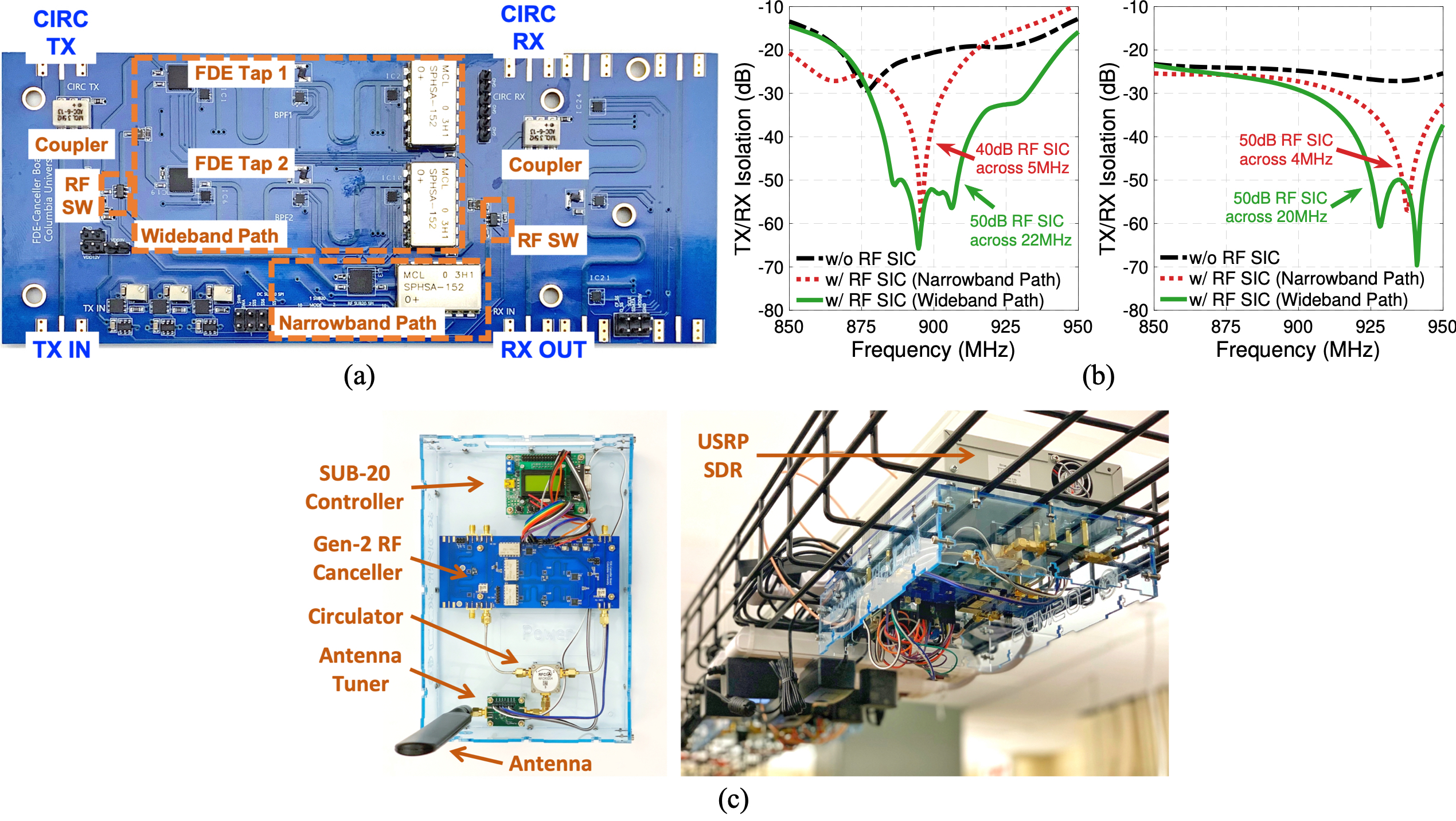[1] M. Kohli, T. Chen, M. Baraani Dastjerdi, J. Welles, I. Seskar, H. Krishnaswamy, and G. Zussman, “Open-access full-duplex wireless in the ORBIT and COSMOS testbeds,” Computer Networks, no. 199, p. 108420, Nov. 2021. [download]
[2] M. Kohli, T. Chen, M. Baraani Dastjerdi, J. Welles, I. Seskar, H. Krishnaswamy, and G. Zussman, “Open-access full-duplex wireless in the ORBIT and COSMOS testbeds,” in Proc. ACM MobiCom’20 Workshop on Wireless Network Testbeds, Experimental evaluation & CHaracterization (WiNTECH), 2020. [download] [presentation]
[3] M. Kohli, T. Chen, J. Welles, M. Baraani Dastjerdi, J. Kolodziejski, M. Sherman, I. Seskar, H. Krishnaswamy, and G. Zussman, “Demo: Remote experimentation with open-access full-duplex wireless in the COSMOS testbed,” in Proc. ACM MobiCom’20, 2020. [download] [presentation] [video]
[4] T. Chen, J. Welles, M. Kohli, M. Baraani Dastjerdi, J. Kolodziejski, M. Sherman, I. Seskar, H. Krishnaswamy, and G. Zussman, “Experimentation with full-duplex wireless in the COSMOS testbed,” in Proc. IEEE ICNP’19 Workshop Midscale Education and Research Infrastructure and Tools (MERIT), 2019. [download] [presentation]
[5] T. Chen, M. Baraani Dastjerdi, J. Zhou, H. Krishnaswamy, and G. Zussman, “Wideband full-duplex wireless via frequency-domain equalization: Design and experimentation,” in Proc. ACM MobiCom’19 , 2019. [download] [presentation]
[6] T. Chen, M. Baraani Dastjerdi, J. Welles, J. Zhou, H. Krishnaswamy, and G. Zussman, “Poster: Enabling wideband full-duplex wireless via frequency-domain equalization,” in Poster description in Proc. ACM MobiCom’19, 2019. [download] ACM MobiCom Student Research Competition (SRC) Winner – First Place
[7] T. Chen, M. Baraani Dastjerdi, G. Farkash, J. Zhou, H. Krishnaswamy, and G. Zussman, “Open-access full-duplex wireless in the ORBIT testbed,” arXiv:1801.03069v2 [cs.NI], May 2018. [download]
[8] The Columbia FlexICoN project
[9] Full-duplex experiments instructions
[10] Source code (GitHub)





